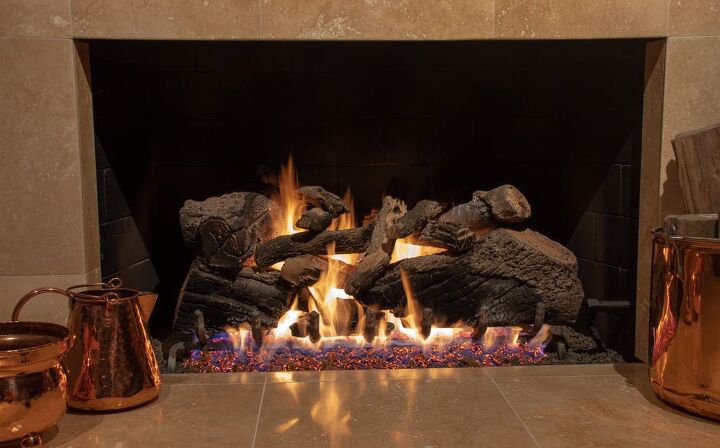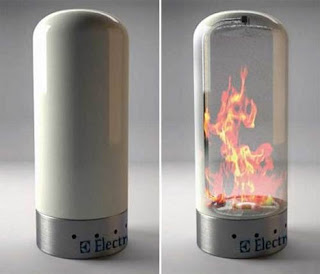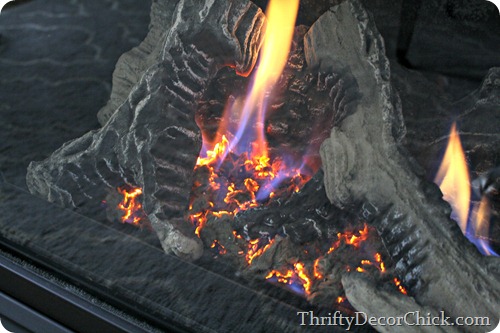A new gas fireplace emitting a burning plastic odor is common during initial use, but understanding the cause is important. Most modern units contain factory-applied lubricants, paints, and adhesives that burn off during the first few hours of operation. This harmless “new fireplace smell” typically dissipates after 2-3 heating cycles. However, persistent plastic-like odors may indicate improper installation, such as melting wire insulation or overheating components. Always ensure proper ventilation by opening windows during initial burn-off periods. Manufacturers recommend running the fireplace at maximum temperature for 4-6 hours initially to accelerate this curing process while monitoring for excessive smoke or unusual sounds.

Several specific components may contribute to plastic-like smells in new gas fireplaces. The burnishing process of metal parts often leaves residual oils that vaporize when heated. High-temperature silicone seals around glass panels release odors until fully cured. Electrical wiring near heat sources sometimes emits smells if installed too close to hot surfaces. Plastic shipping protectors or installation debris accidentally left inside the unit can melt when heated. Verify that all protective films were removed during installation. If smells persist beyond 10 hours of use, inspect for visible melting components or contact the installer. Never ignore accompanying symptoms like tripped breakers or flickering lights, which may indicate electrical issues.

Proper maintenance minimizes concerning odors in new gas fireplaces. Before first use, vacuum any manufacturing debris from the firebox and burner areas. Wipe down accessible interior surfaces with a dry cloth to remove dust. Schedule a professional inspection if smells continue after the break-in period, as this may reveal installation errors like improper venting or gas line issues. Ensure the unit’s clearance specifications were followed precisely—overheating surrounding materials creates dangerous fumes. Homeowners should familiarize themselves with normal operational smells versus warning signs. A faint metallic or chemical odor during initial use differs sharply from the acrid smell of actually burning plastic, which requires immediate attention.

Safety precautions are essential when addressing fireplace odors. Install carbon monoxide detectors nearby, as some electrical malfunctions can produce this odorless gas alongside plastic smells. Keep flammable materials well away from the unit during break-in periods. If the odor intensifies or smoke appears, shut off the gas supply immediately using the shutoff valve. Allow the unit to cool completely before inspecting for melted components. Document any observations for warranty claims—most manufacturers cover defects but may void warranties for improper use. Professional technicians can perform combustion analysis to verify proper gas mixture and venting, which affects odor production. Never attempt electrical repairs on gas appliances without proper certification.

Long-term solutions ensure safe operation of smelly new fireplaces. Replace any melted wire insulation or damaged components immediately. Consider upgrading to high-temperature wiring if recurrent overheating occurs. Some homeowners install auxiliary fans to improve heat dissipation around sensitive components. For units with persistent odors despite proper break-in, manufacturers may offer replacement parts or entire units under warranty. Annual professional servicing prevents future issues by cleaning burners, checking electrical connections, and verifying gas pressure. With proper installation and maintenance, a new gas fireplace should operate odor-free after the initial break-in period, providing safe, enjoyable warmth for years to come.
How to Clean Your Gas Fireplace Glass

Related Posts: